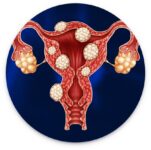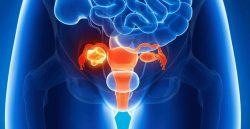Genital herpes is a highly contagious viral disease that is transmitted through sexual contact and enters the body through microcracks in the skin. The causative agent of the disease is the herpes virus type II.
The main manifestations last three to four weeks, include tingling or mild soreness in the genital area, itching, small painful blisters and sores in the anus, buttocks or thighs, severe burning, especially in contact with urine, swollen inguinal lymph nodes … Even after the symptoms disappear, the virus remains in the body for life, periodically causing exacerbations.
For pregnant women, it is very important to cure herpes before childbirth, as the virus can be transmitted to the baby when passing through the birth canal. This can lead to blindness, brain damage, and sometimes death of the child.
Syphilis is a highly contagious infection caused by spirochetes and transmitted through any type of sexual intercourse. It is most common among people with multiple sexual partners, especially those who do not use barrier methods of contraception.
The first stage of the disease begins approximately 10 days after infection and manifests itself in the form of a painless hard chancre (ulcer) on the external genitals, anus, and less often fingers, hands, the infection can be brought into the oral cavity. As a result, the same ulcers appear in the mouth and throat. Another characteristic symptom is enlarged lymph nodes.
If untreated, the infection progresses and can progress into the following two stages. The third is the most severe. It is characterized by the appearance of skin rash all over the body (including palms and soles), which may be permanent or periodically disappear , ulcers in the oral cavity and pharynx, enlarged lymph nodes throughout the body, headaches, pain in bone tissue, fever, loss of appetite, and hair loss, meningitis (inflammation of the lining of the brain). At this stage, serious complications arise, such as paralysis, heart deviations, mental illness. The damage to the body can be severe enough to cause death.


